the compassionate story
Brooklyn Museum


Not to question the veracity of the Brooklyn Museum, but William Penn came 56 years after the first European settlers. The Dutch were the first, and through their Dutch West India Company conducted successful trading of goods with the Lenape. When the Dutch made deals to purchase land –– there is nothing “falsely” claimed or “stolen” land about it –– the Dutch understood that the Lenape could remain living on the land, and that the Dutch would protect the tribe from their enemies — who were other tribes that they happened to be in conflict with. The Europeans were generally non-violent and peaceful. It was General-Director Willem Kieft, 15 years into the settlement, who became violent and waged a highly unpopular 3-year war on the Native Americans in 1642. He was ousted through the Dutch settlers’ Remonstrance to the Dutch government. The Dutch people were tolerant of different groups of people living together. Hence, in 1682 William Penn and his group of Quaker refugees sought haven from religious prosecution.
But, whatever.
French Impressionist/early modern paintings in Brooklyn Museum’s collection (all of them):
Observation: Not one of the Impressionist paintings in the Brooklyn Museum was even close to being as good as the Cézanne, Matisse, and Renoir that were deaccessioned by The Toledo Museum of Art on May 17, 2022. And to think that museum director Adam Levine told museum supporters that Edward Drummond Libbey would want the Toledo’s Cézanne, Matisse, and Renoir large oil paintings to be deaccessioned, as if they were “mediocre.”


Neue Galerie

Jewish Museum

 Kandinsky and Vicuña at the Guggenheim
Kandinsky and Vicuña at the Guggenheim
Impressionist paintings at the Guggenheim:
Observation: none of these paintings are as good as the three paintings by Cézanne, Matisse, and Renoir that were recently deaccessioned by The Toledo Museum of Art.

Art on the street















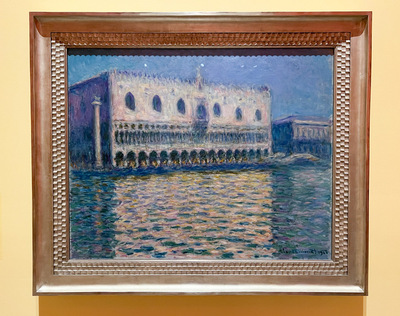
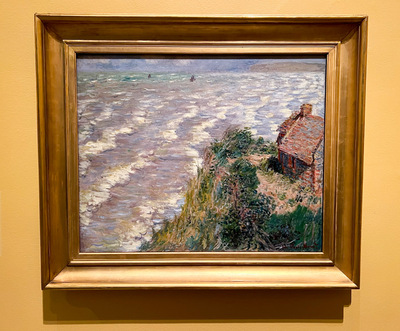
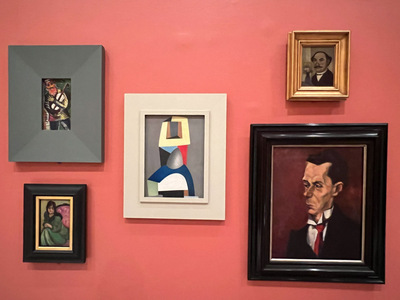

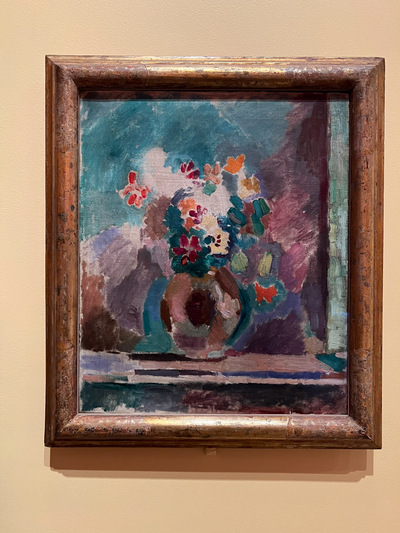


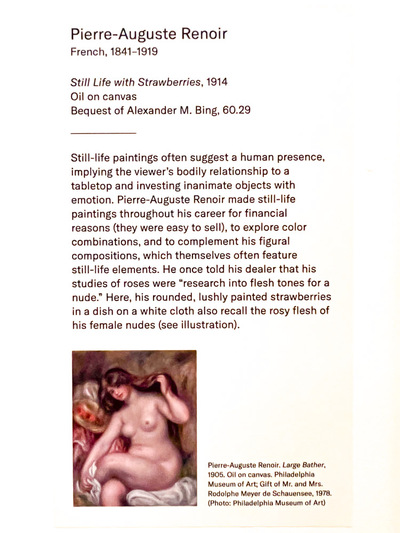

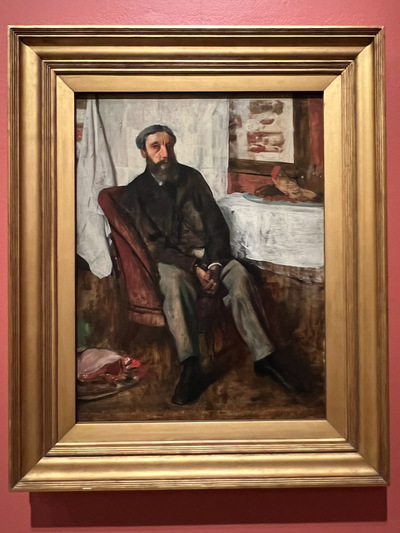


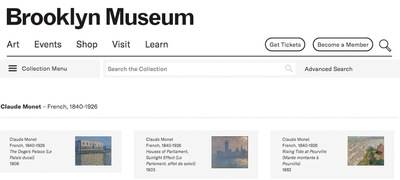

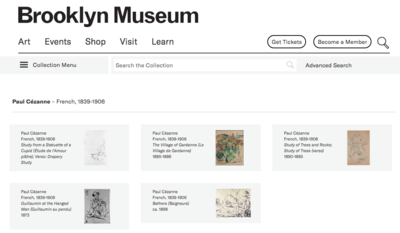
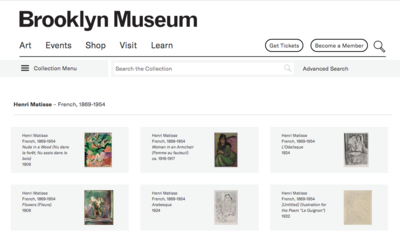


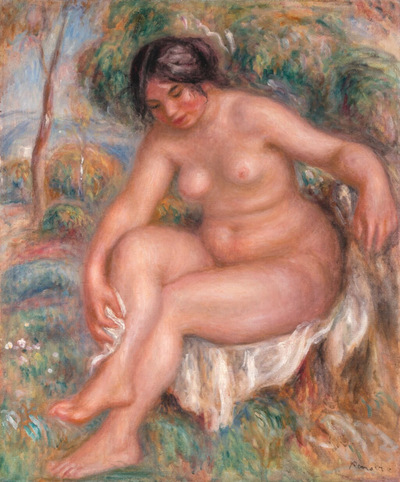


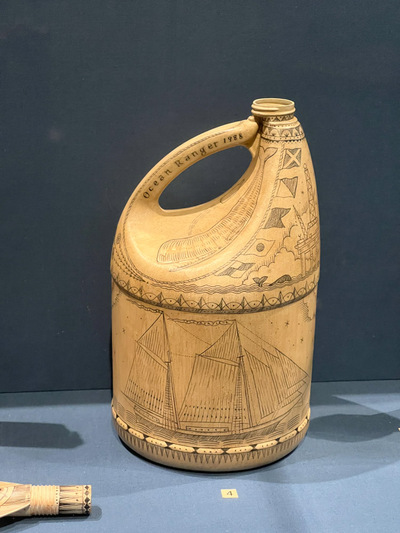
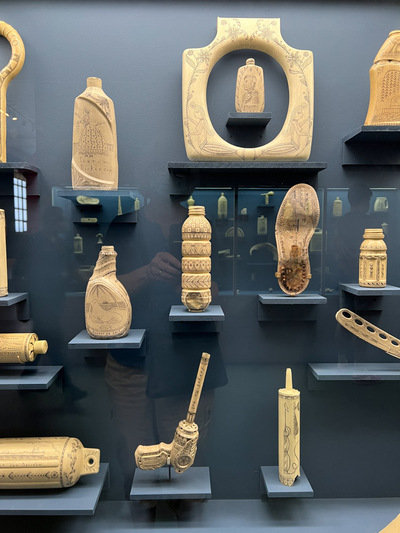
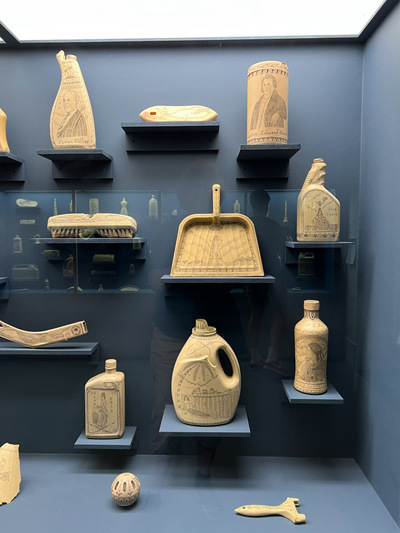
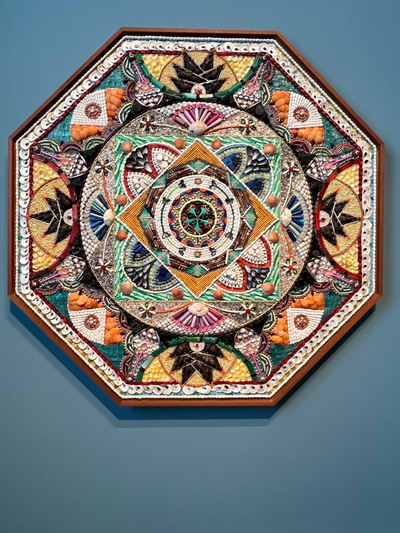
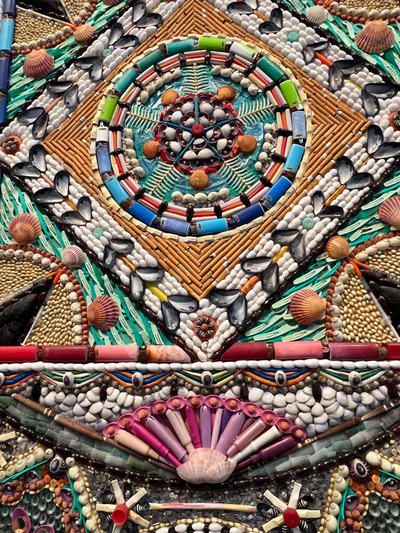
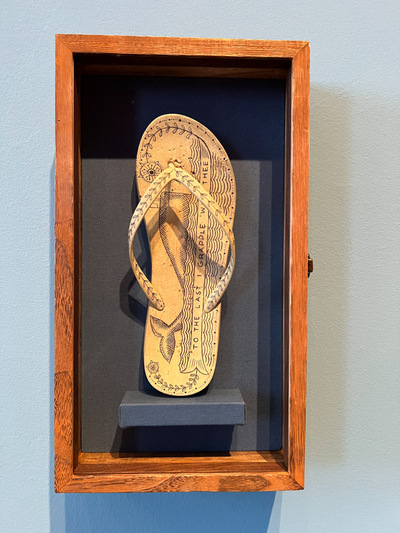
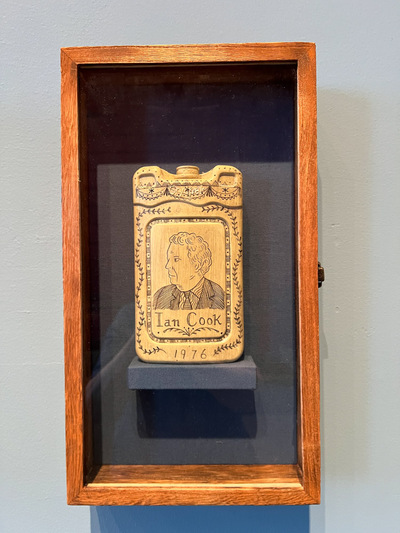


















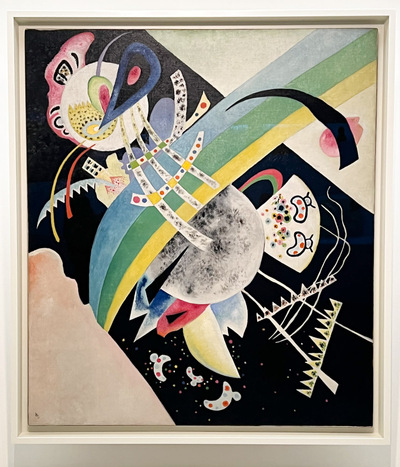
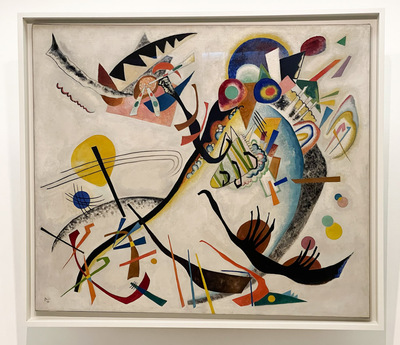
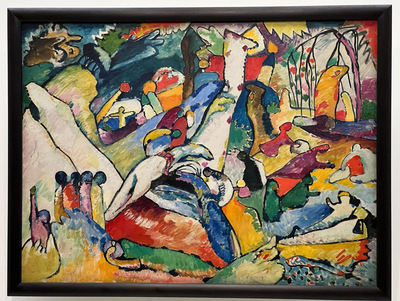


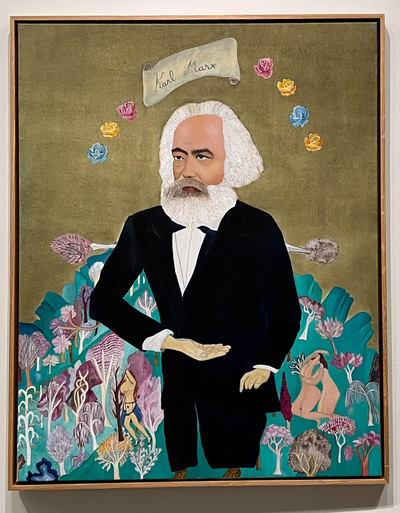
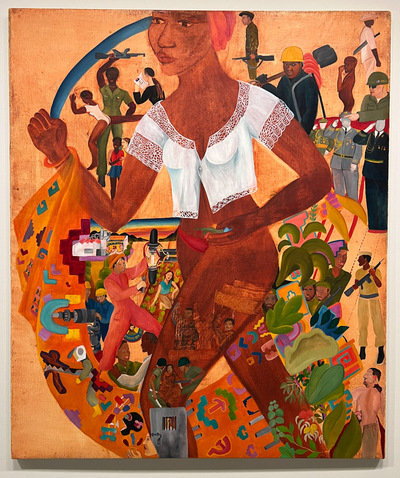

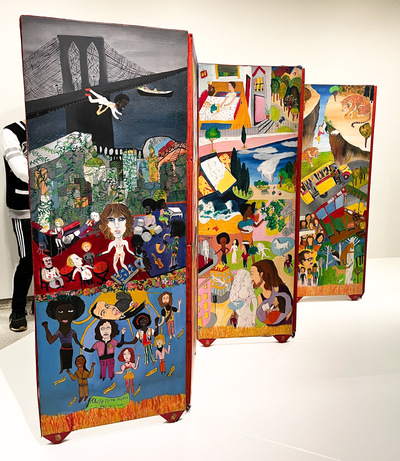

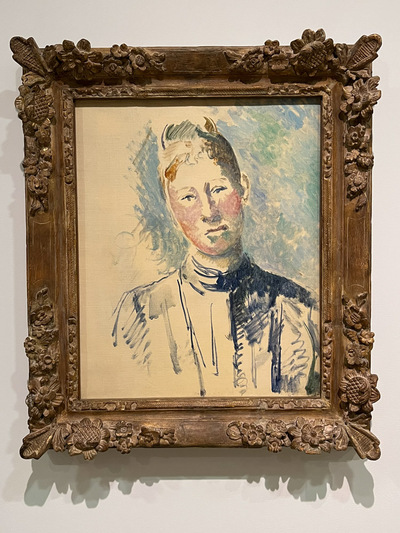
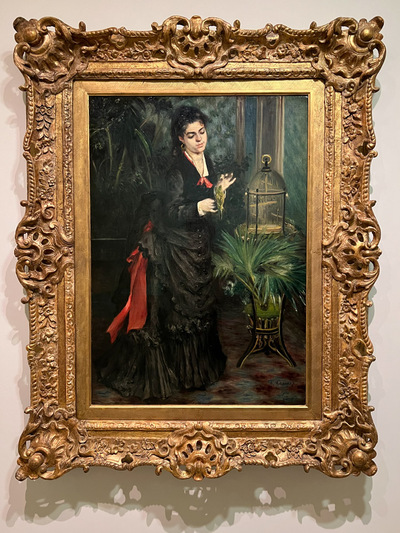
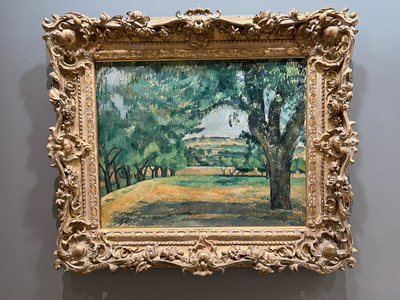

One reply on “Storytelling at the museums”
Thank you for putting this together. It was very informative (and interesting!)